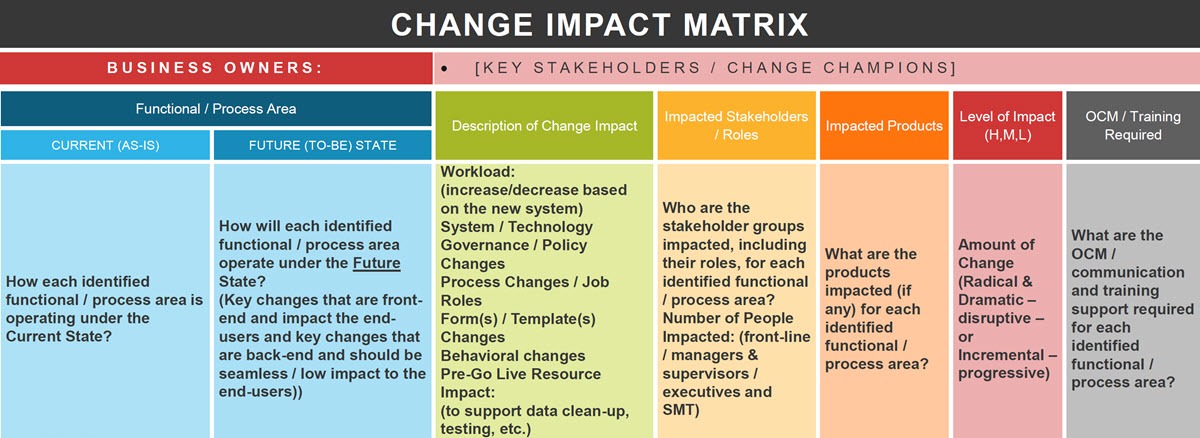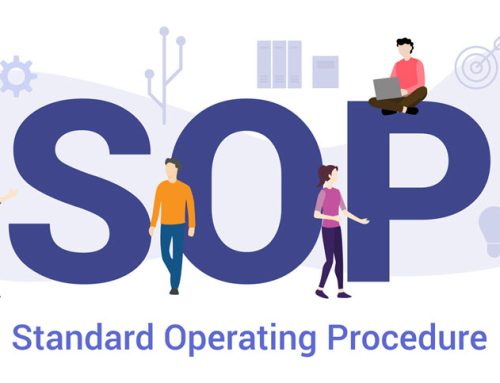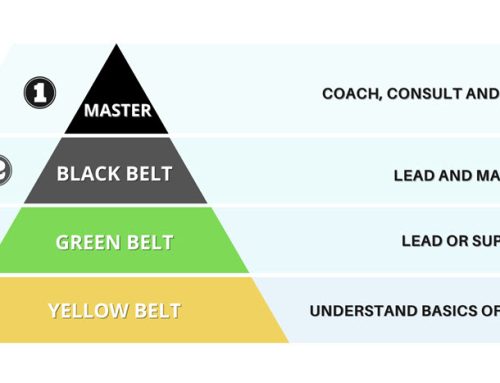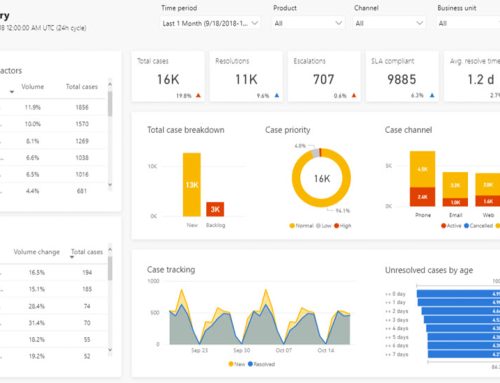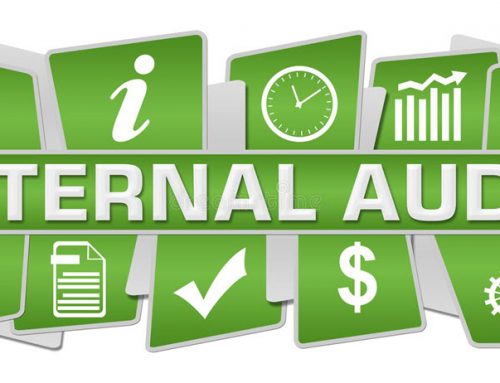Majority of business improvement projects can be successful on the basis of their ability to implement change in an efficient as well effective manner. Usually the most challenging part of the change initiative is to prepare people for that. People are forced to deal with the reality of continuous change management in their organizations due to the short spans of technology life cycles as well as the latest and fast pace economic and technology developments. Nowadays, managers are seeking those tools that can facilitate them in preparing project teams allocated for change management initiatives. Basically, the change impact assessment matrix is a descriptive tool which describes the range of the changes that will be faced by all personnel related to the project.
Importance of Change Impact Assessment Matrix
The change impact assessment matrix can be very helpful in order to present the project framework in front of senior management during the discussion about the time plan, status and development of a project. This matrix provides understanding and clarity for our team in implementing change programs without requiring input from senior management at every stage. Some projects may not have an allocated change manager due to limited budget. At this instance, this tool can prove to be quite handy for a project manager when performing dual roles of change manager as well as program manager.
How Change Impact Assessment Matrix is created?
The change impact assessment matrix is created by the program manager along with the key team members. The business owners are assigned with the task of filling the map for every role in their domains. Afterwards, these people turn out to be our change ambassadors, and this whole activity makes sure that the project impact on the people is clearly understood by them especially in their specific business areas.
It is highly important that an organized change impact assessment framework is applied while performing our business change impact assessment. We will need to collect some key data points when change impact assessment is performed in order to collect “As-Is” process data and “To-Be” process data. By doing this we will have the opportunity of identifying the change delta, which means what is transforming between the existing stage as well as the future stage. Another essential task will be to classify and document which specific groups and roles will be influenced. Likewise, it will be necessary to identify the levels and intensity of the change impacts and most importantly, what are the essential details to be known by the change management team. We should collect process flows, documentation on the change and other relevant information while performing a change impact assessment, and then all this information will be entered into a spreadsheet. Now this spreadsheet should have a column for entering the existing state processes, additional column for entering the related future state processes, and one more column for getting the variations.
In order to create the matrix, we can also follow another approach. As a first step the first main column of the table should be filled with the details on the role or group in question. For the next step we will assess the technology as well as processes impact on the role or group in the next two columns. And finally the projected degree of change can be assessed from the viewpoint of role, process, culture, and technology. It should be kept in mind that in this matrix these final four columns play the most vital role despite of being subjective. In case of having even one or two functions or role on the map where the change has a medium or high impact, we may need to allocate owners for these roles so that the training and communication work channels can be managed by them. It must be ensured that competent leaders and thorough work plans are assigned for these two work channels. More to the point, it must also be made certain that it is understood by the other project team members what is required by them to be delivered in the context of training as well as communication.
A meeting of almost 90 minutes must be scheduled with the team for reviewing and adjusting the map in real time. The accuracy and completeness of the maps is improved along with increased commitment level when the group is included in this process. Moreover, it must be assured that an extensive net is casted and maximum functional areas are included as it may be some additional information coming to mind which can be added afterwards. Another important consideration is to ensure that in our review session the senior people and deep thinkers are invited. After the completion of change impact assessment matrix, we should use it on a regular basis so that it can guide us in a safe manner towards our destination.

